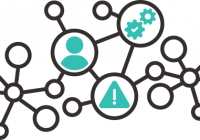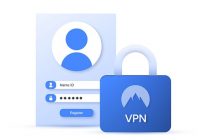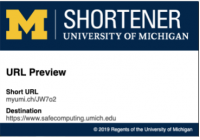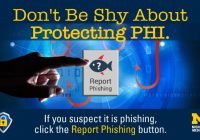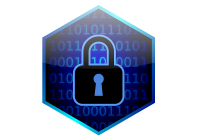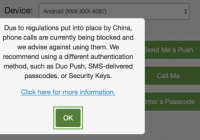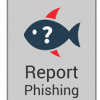U.S. universities confront a security storm in Congress
Sol Bermann, U-M’s chief information security officer, is quoted in a recent article in “Science” magazine about legislation moving through Congress that aims to prevent foreign entities from taking unfair advantage of the traditionally open U.S. research system. Both House and Senate bills focus heavily on enhancing cybersecurity, seen as an essential tool in protecting intellectual property and… Read More »



